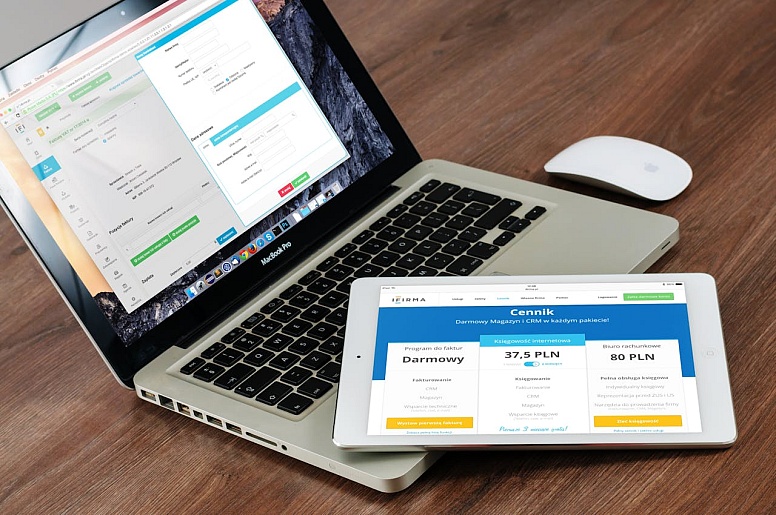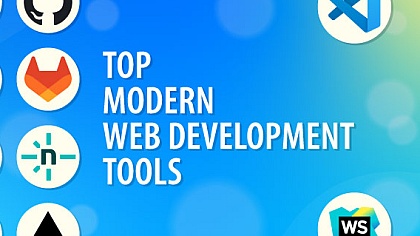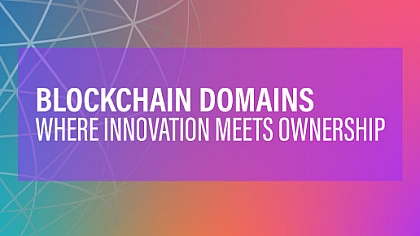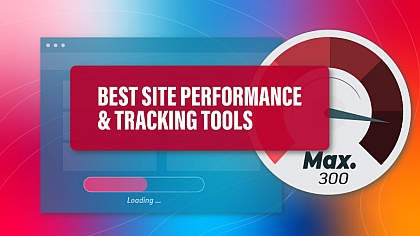
Enhance User Engagement with Transparent Web Strategies
In this era of smart devices and interconnected networks, anyone from anywhere can access any piece of information with only a few clicks. That’s because there is so much content online and multiple websites offer services that are similar to yours. So it’s becoming much more difficult to grab and hold a visitor's attention to your site.
No doubt, the key to driving user engagement lies in the efficiency of your web strategies. It’s about seeing things from your customer’s perspective - their pain points, what keeps them engaged, and how they interact with your site. With that, you can channel your efforts into ensuring your strategies align with their needs.
So, how do you do things differently? You need to be different in your approach if you want to stay competitive. After all, your strategies should reflect the uniqueness of your brand. Don't you think?
Don’t stress it, this guide will take you through X website engagement strategies that drive user engagement. You’ll come across tips and tools to use, and how you can measure the efficiency of your web strategies along the way. Let’s get it started
Website engagement strategies to enhance user experience
Any time a customer visits your site, whether to get a piece of information, make a purchase, or perform specific tasks, and they experience difficulties during the process, they’ll likely seek alternatives. 88% of internet users will likely not revisit a website after a bad user experience.
So, if you want to know your site’s engagement level, you can start by measuring your website’s engagement metrics and key performance indicators (KPIs). The information you get will help you understand how users interact with your site to meet their needs.
The goal is to execute a well-thought-out strategy that makes your site unique and irresistible, one that leaves your customers glued to your website and keeps them wanting to come back. That’s precisely what you’ll gain from this guide.
1. Seek user data consent

In this era of cyber crimes and data breaches, consent management is of the essence if you want to ensure customer data privacy. While you will need this data to create more personalized experiences, customers have the right to know what their data is used for and how compliant your site is with data regulations.
Any time customers visit your site and are asked for consent to use their data, you demonstrate transparency and respect for their privacy. It will make them feel empowered since they decide what personal data they want to share. Not only will this establish your brand as trustworthy, but it will also increase user experience, and customers will likely interact with your site more openly.
Once your customer’s data is at your fingertips, you can gather more information about their choices, interests, and behaviours. These insights can help you create more personalized content that meets customer-specific needs.
And if there’s one interesting thing about personalized experiences, it’s that they leave your customers satisfied since your services are relevant and useful to them. It’s a good way to get started.
2. Translate your content for a wider reach

The world is interconnected, and people from different linguistic backgrounds surf the internet. This implies that you have to create content in multiple languages to engage a wider pool of audience, most especially if you render a virtual service.
Instead of hiring multiple human translators, you can integrate AI dubbing software into your workflows to generate transcripts of previously existing videos like podcasts, webinars, and other video content that communicates your brand’s intent.
With this, customers from varying geographical and cultural backgrounds can interact freely with your website and enjoy your content in their native language. Nothing grabs the attention of a user and keeps them glued to your site than digesting information in their preferred language.
Since the software uses AI algorithms, it implies that the translation processes are automated. It means you can create localized versions of your videos frequently and consistently. Once customers realize that videos will be made available in their language at specific periods, they’ll want to keep visiting your site to check for the latest updates.
3. Streamline your customer experience
Every customer who visits your site wants a seamless navigation experience. They want to find items easily and perform tasks more efficiently. One critical aspect of streamlining customer experience is improving website responsiveness.
One of the first engagement optimizations you should look for is the ability to click elements and get nearly instantaneous responses. No one wants to experience the irritating inconvenience of waiting for several seconds or minutes to load a new web page or get responses after clicking a CTA button.
Furthermore, your site’s UI must be user-friendly and intuitive such that even new users can interact and carry out actions without having a hard time. Have clear CTAs, page layout, and drop-down menus. With an easy glance, your most important links should be noticeable from your main navigation menu.
Finally, you can throw in virtual demonstrations in the form of product guides, tooltips, or video tutorials. This enables an interactive product experience as visual learning helps customers retain information and perform tasks more effectively.
4. Optimize your site's mobile responsiveness

Smartphones and tablets are two common devices customers use to access the internet, so adapting your website for mobile responsiveness makes perfect sense.
What’s more interesting is that search engines like Google give preference to websites that are mobile-friendly. This increases your site’s visibility on search engine results pages and makes it more accessible to your customers, so it’s a win-win situation for you.
If you want to make your site fully mobile responsive, ensure the design is crafted on a responsive design framework. That allows your web layout to automatically adjust and fit any device’s screen size and orientation, be it portrait or landscape.
In addition, don’t use images and videos with large resolutions, as they’ll slow down mobile loading times. You can save bandwidth and speed up page speed by implementing lazy loading to only load images when they are actually needed.
Also, since mobile screens are small, you’ll need to simplify navigation. Start by reducing the number of steps it takes to perform a task. Save screen space by using the hamburger menu as a container for other navigation options. Finally, ensure the main navigation bar contains important menu items and remains visible at the top as customers scroll down.
5. Use the interactive website search
When customers interact with your website, they must be able to quickly search for any items they may be looking for. You can make this process more interactive by adding search options that help users customize their searches and find what they need.
It can be frustrating for customers to manually search through your web pages to find a particular item or content. It will negatively impact their experience and willingness to return to your website.
While a search bar should work the magic, you need to add some features to optimize your website search.
For instance, product filters, like size, colour, and brand, predict user search intent and suggest similar and related products or services. Even if a customer misspells a name, it shouldn't be hard to locate the item.
During or after the process of using the search features, you can use a feedback widget to get responses from your customers about their experience and also obtain information about your site’s performance.
6. Create compelling content

Content is one of the major drivers of user engagement. It should be captivating, useful, and informative such that it aligns with your customer's needs and adds value to their experience.
If you want to create compelling content, you must have in-depth knowledge about your audience and what content type resonates with them.
Following that, you need a catchy headline that leaves customers wanting to read further. It should be clear and concise and have a sense of urgency. Depending on the nature of your headline, you may use numbers or questions.
For instance, “A step-by-step process on”, ”11 tips for”, and “How can you optimize your content for SEO?” etc.
Moreover, don’t sound formal, use a conversational tone that makes it sound like you’re interacting with them in real-time. Pose questions and use storytelling to grab your reader's attention.
Don’t just write long content, it can bore your readers. Break it with headings and subheadings. Listicles and bullet points will work just fine, and ensure you keep your paragraphs short and to the point.
Finally, you can incorporate visual aids at strategic points of your write-up; they have a unique way of interacting with your customers and enhancing the overall experience.
Optimize user engagement with user-backed insights
If you want to develop well-thought-out web strategies that can boost your user engagement, you have to place yourself in the shoes of your customers and understand their pain points and their behavioural patterns. Only with data-backed insights can you fully understand their needs and how to offer adequate solutions to them.
The tips you have learned from this article have been implemented in real-life scenarios, so it’s up to you to play your part. You’ve got what you need at your fingertips. Ensure you make the best use of it.
Rilwan Kazeem is a creative writer and art lover. He has worked in social media, content marketing, and SEO for four years. He has covered topics including digital marketing, HR, emerging technologies, and their intersection with business. At his leisure, he loves to meditate and spend time with his family.














